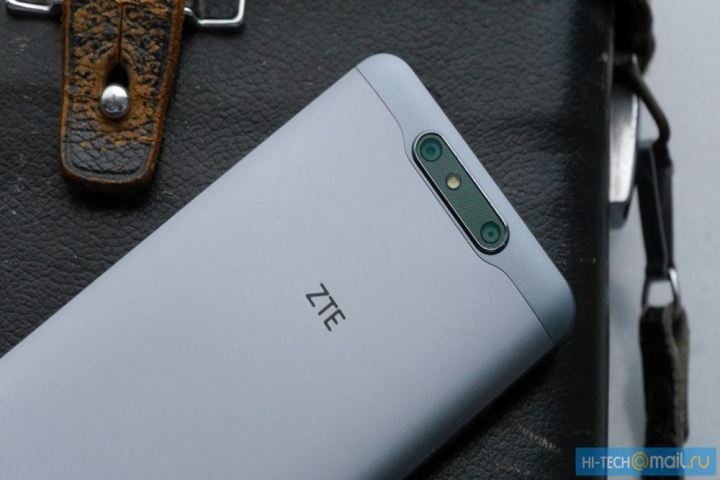
So what’s the point of depth-sensing technology? There are some pretty neat applications for it — one of which is augmented reality. Depth-sensing is, for example, a big part of the camera module used in Google Tango phones, which are built for augmented reality use. That could be pretty important going forward — especially as AR and VR continue to become important aspects of future smartphones.
Having better depth-sensing technology has applications beyond AR — in fact, it could seriously improve our simple photographs. For example, it could improve the quality of the bokeh effect we’re seeing available on newer smartphones. In fact, it could allow users to change the focus in the picture even after taking a photo — that’s made possible through a so-called “depth map,” which stores all the depth-related information with the image itself.
There are a few things that make Qualcomm’s new tech so impressive. For starters, the company told us that its camera module captures a hefty 10,000 points of depth — and even that number is apparently conservative. In the highest resolution, that represents 0.1mm in between each point, which, according to Qualcomm, makes it the most accurate depth-sensing technology on the market.
First launched last year, the Qualcomm Spectra camera module made it easier for manufacturers to implement dual-sensor cameras in smartphones. The new module takes things to the next level — and will require three camera sensors to take advantage of active depth sensing.
Of course, it may be at least a few months before we start seeing this tech in the real world. Qualcomm says it will be available as part of the company’s next flagship processor — which will be the Snapdragon 836. Some reports indicate that the Google Pixel 2 will be among the first phones to feature the new chip — so it’s possible we could see the new camera tech on the upcoming Pixel, though only time will tell.


